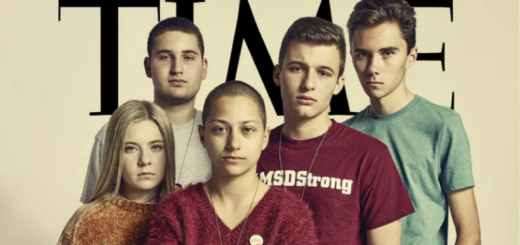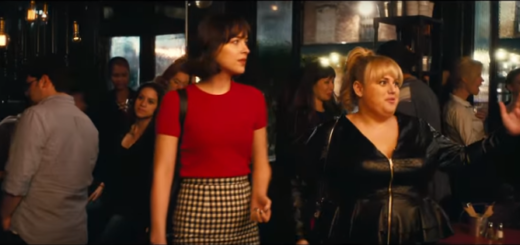The Epic Feminism of ‘Mad Max Fury Road’
 Credit: Warner Bros. Pictures
Credit: Warner Bros. Pictures
By JORDAN ECARMA
This weekly column analyzing how women are portrayed in media is what happens when you’re a conservative feminist who loves movies. Feminism often uses the Bechdel test as a metric: Does this movie have a scene where two women with names talk about something other than a guy? The point of the test is not “movies that pass this are feminist”—it’s “this is the absolute base point of whether or not women are their own people in this movie.” I attempt to go a little further each week with a deeper analysis.
Editor’s note: Spoilers. This should be OK since I am probably the last person on the planet to see this movie.
The Oscars are slowly becoming more inclusive—and much more interesting.
While the field of voters remains overwhelmingly white, old and male, the Academy’s decision in 2009 to expand the Best Picture category from five films to a maximum of 10 has made room for diverse choices.
“Diverse” in this case means “fun” a lot of the time. Blockbuster successes like Pixar’s “Up” (2009) and “Inception” (2010) were unlikely to have been nominated under the old order. Similarly, one Best Picture title from this year’s batch of Oscar nominees would have been way too much fun for the old Academy to recognize. But don’t worry—it’s 2016 out there and “Mad Max Fury Road” did indeed receive a Best Picture nomination.
 Credit: Warner Bros. Pictures
Credit: Warner Bros. Pictures
Yes, “Fury Road” passes the Bechdel test. More than that, its dystopian Australia is ruled as much by women as by men, with Charlize Theron’s Imperator Furiosa driving the action alongside Tom Hardy’s titular character for most of the film.
“Fury Road” isn’t yet another male-centric action flick—it’s an incredibly bizarre yet strangely beautiful visual epic with a story arc that glorifies women.
We’re used to seeing action movies with the one girl, whether it’s Black Widow on the Avengers team or Leia in “Star Wars: A New Hope.”
In contrast, “Fury Road” centers on Furiosa as well as her band of five (named!) women: the Splendid Angharad (Rosie Huntington-Whiteley), Toast the Knowing (Zoë Kravitz), Capable (Riley Keough), Cheedo the Fragile (Courtney Eaton) and the Dag (Abbey Lee). They were the wives of “Fury Road” villain Immortan Joe, fleeing with Furiosa from a life of existing to breed Joe’s children and leaving two messages on the walls: “Our children will not be warlords” and “Who killed the world?”
The vision that is five gorgeous women standing in a dystopian desert is definitely a memorable moment, but women are far from mere eye candy in “Fury Road.” Furiosa is both strong and believably fragile, leading the band of women through danger to her childhood home and breaking down only when she finds out it no longer exists. Pregnant, glowing and defiant, Angharad shows strength that is uniquely womanly—using her body carrying Joe’s child as a human shield. She risks (and ultimately unintentionally sacrifices) her life to stop Joe from overtaking the rig holding Max, Furiosa and the other wives.
Amanda Marcotte and Jessica Valenti often reference “the patriarchy” in a way that frankly, makes me roll my eyes. But in the stark dystopian landscape that is “Fury Road,” the five wives are in truth defying “the patriarchy”—exemplified in this case by the man who doesn’t value them as people, only as vehicles to bear children, his callousness clearly evident by how the death of his “favorite,” Angharad, means nothing except in how it affects his progeny.
Visceral, startling and certainly a can’t-miss on this year’s Best Picture roster, “Fury Road” is a one-of-a-kind film adventure. I’m glad some powerful female characters were along for the ride.
For more 2016 Oscars (and more Mad Max), read our guide.
Jordan Ecarma is a former journalist now living the millennial dream: getting paid for writing Facebook statuses (that is, digital PR). She watches her use of the f-word (“feminism”) around conservatives and the c-word (“conservatism”) around feminists. Find her under @JordanEcarma.



